If you’re diving into the world of RF systems, you’ve probably come across the term “matcher” or maybe even “navigator.” But what exactly is a matcher, and why is it so important? Don’t worry — you’re not alone in asking these questions. Whether you’re a newbie or an engineer with some experience under your belt, understanding the role of a matcher is crucial. So, let’s break it down in simple terms and see why this little device makes a huge difference.
So, What Exactly Is a Matcher?
At its core, a matcher is a device that helps your RF system deliver power efficiently. Imagine you’re trying to fill a bucket with water through a hose. If the hose is kinked or blocked, water pressure drops and less water reaches the bucket. Similarly, in an RF system, if the impedance between the source (where the RF power comes from) and the load (where the power is used) doesn’t match, energy gets reflected back — wasting power and potentially harming your equipment.
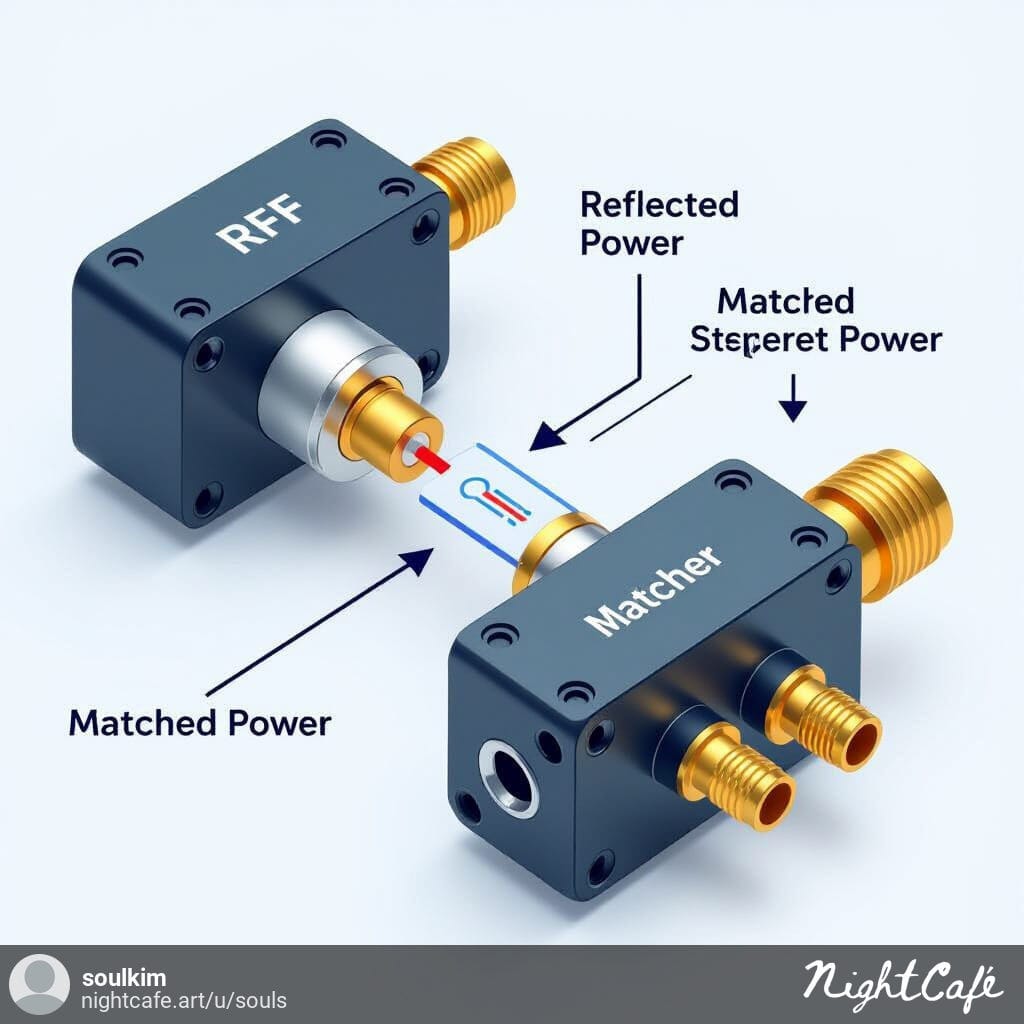
The matcher’s job is to act like a traffic cop, ensuring the signal flows smoothly from the source to the load. Without a good match, your system’s performance drops, and your gear might wear out faster.
Understanding Impedance Matching — Why It Matters
Before we go any further, it’s important to understand what impedance actually means. In simple terms, impedance is like resistance, but for alternating current (AC), which includes radio frequency signals. When two devices in an RF system don’t have matching impedances, it’s like shouting across a canyon and hearing an echo instead of a clear voice. That echo is energy bouncing back — what engineers call reflected power.
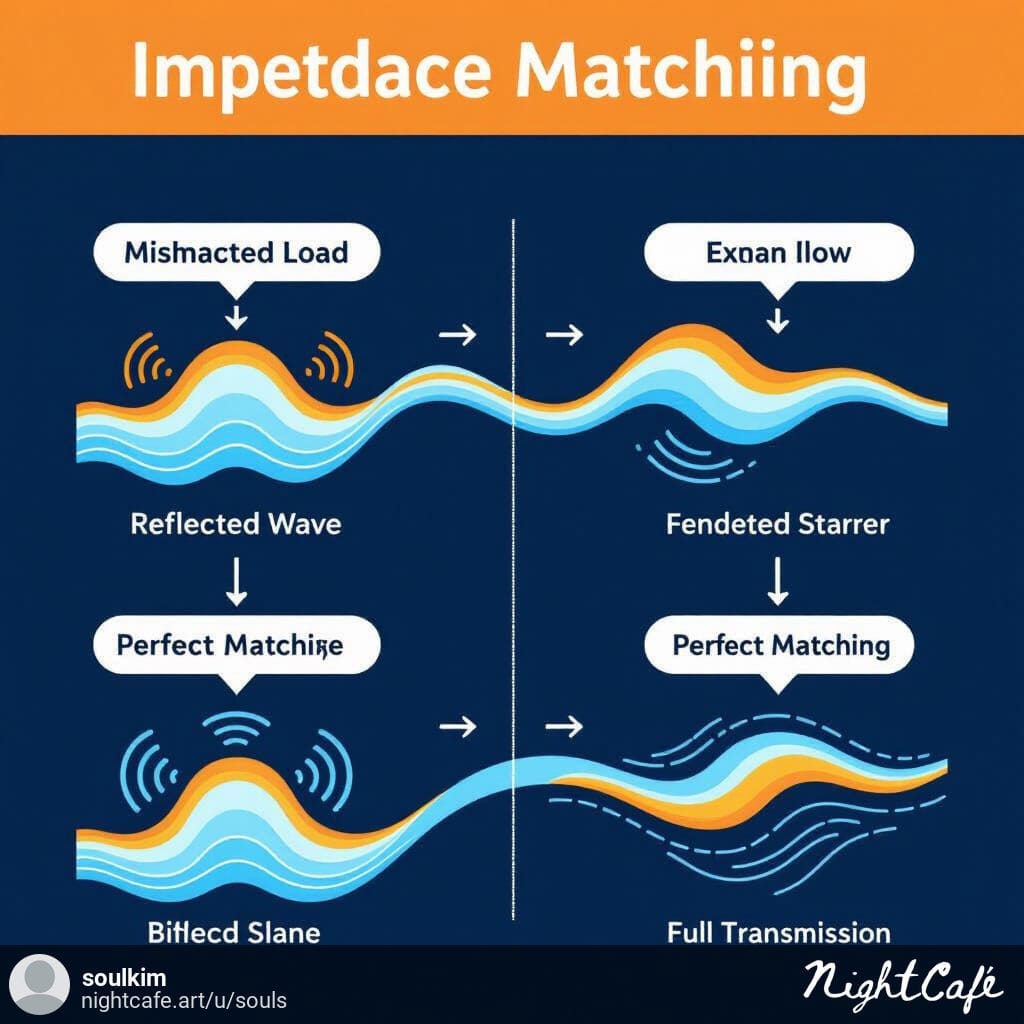
The goal of impedance matching is to make sure the source “sees” the load as a perfect partner, so all the power you generate actually reaches its destination. That’s exactly what a matcher helps you do.
What’s Inside a Matcher?
You might be wondering, “How does a matcher actually do this?” Most matchers use a combination of inductors and capacitors arranged in specific patterns called networks — usually L-networks or Pi-networks. By adjusting these components, the matcher changes the overall impedance seen by the source.
Some matchers are manual. You’ll find knobs, screws, or dials that an operator turns to fine-tune the system. It’s a bit like tuning a guitar string to get just the right note. Other matchers, known as automatic matchers or navigators, use sensors and motors to adjust these components in real-time without any human intervention. This is especially useful when the load changes constantly, like in plasma processes or RF welding.
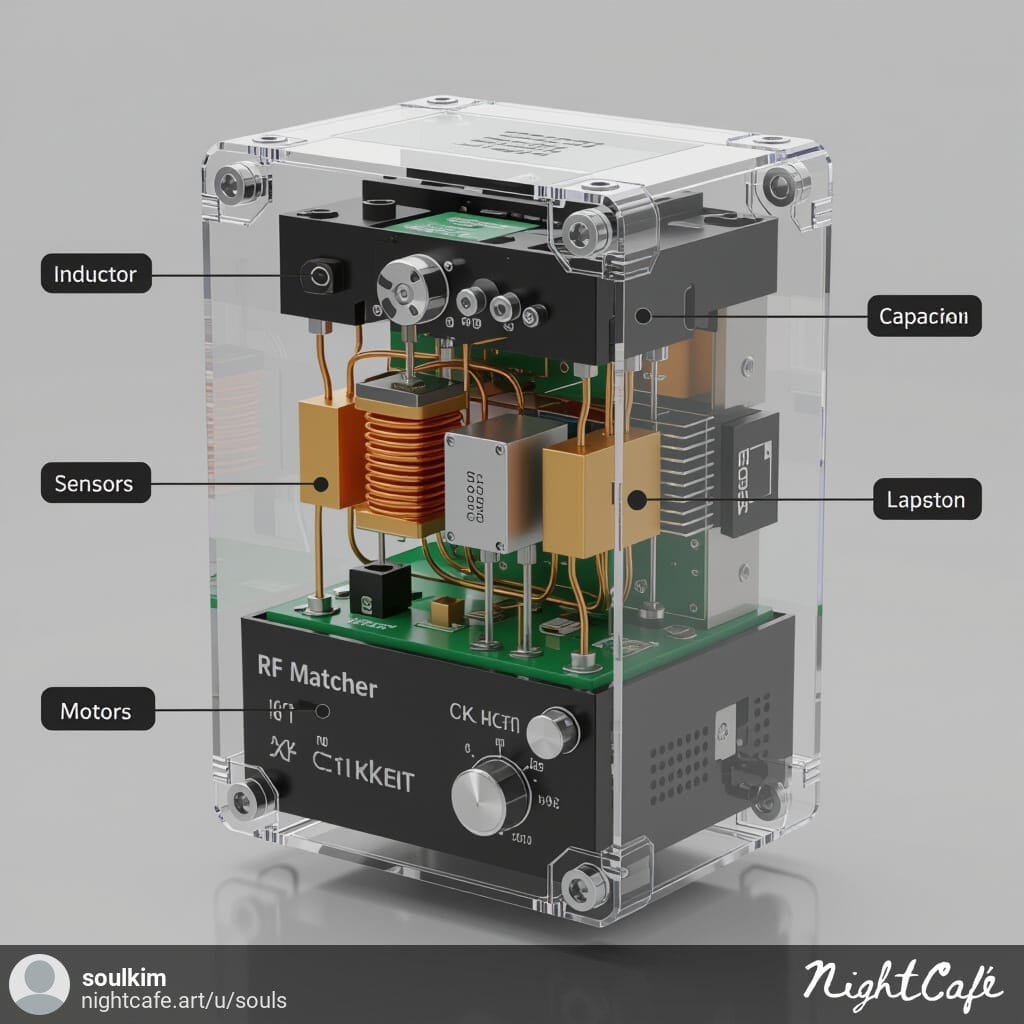
Manual vs. Automatic: Which Matcher Should You Use?
Manual matchers are straightforward and reliable. They’re perfect when your system is relatively stable and you have the time and skill to tune things by hand. However, if your load varies — maybe you’re dealing with a process that changes conditions frequently — an automatic matcher can save you a lot of headaches.
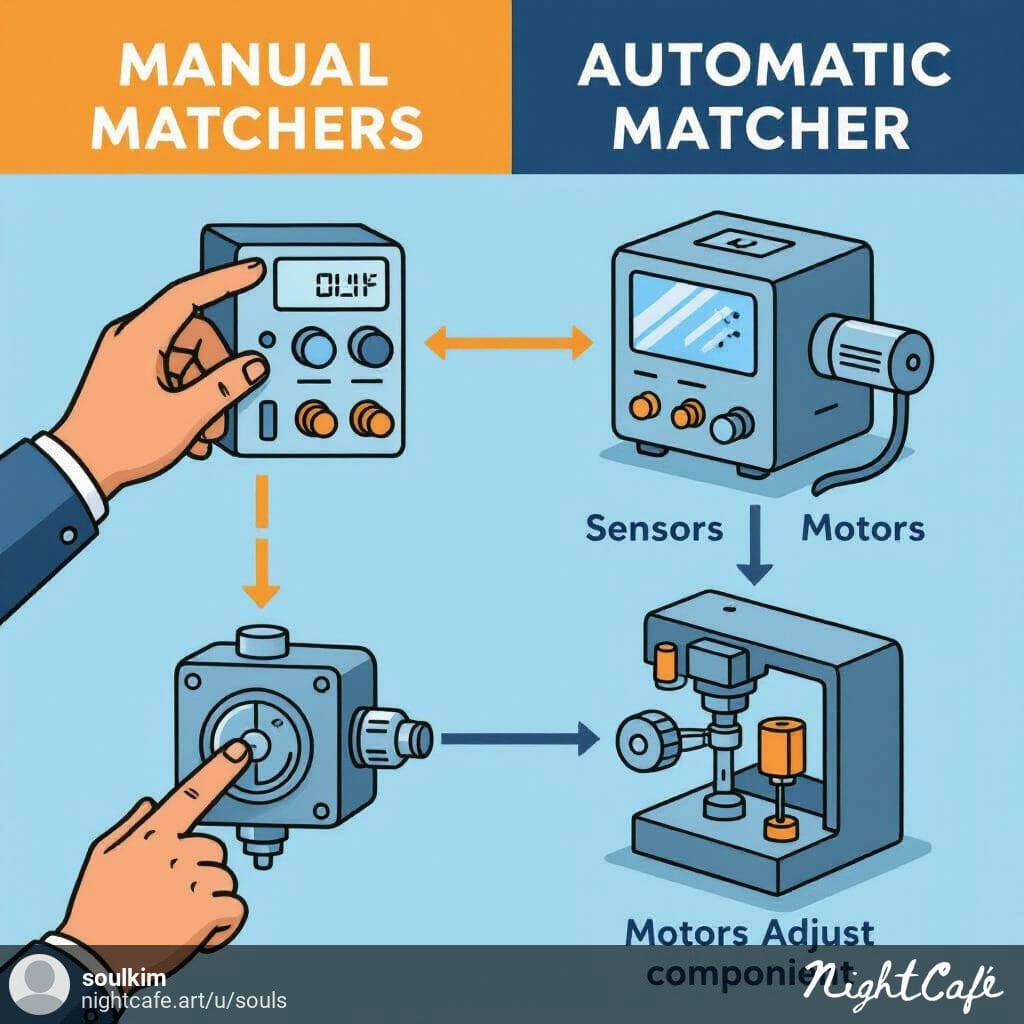
Automatic matchers continuously monitor the system, detect mismatches, and adjust the settings instantly. This means less downtime and less risk of damage. Plus, many modern automatic matchers can be integrated with control systems, allowing you to tweak settings remotely or even automate the entire tuning process.
How Does a Matcher Actually Work?
Here’s a quick overview: The matcher monitors the reflected power — the part of the RF signal that bounces back from the load. If it senses that the reflected power is too high, it adjusts its internal components to reduce those reflections. The aim is to make the reflected power as close to zero as possible.
In manual matchers, you might see a VSWR (Voltage Standing Wave Ratio) meter that tells you how well you’re matched. In automatic matchers, sensors do this job continuously, adjusting inductors and capacitors through motors to optimize the match on the fly.
Real-World Applications — Where Do Matchers Shine?
You’ll find matchers in all sorts of RF applications. For instance, semiconductor manufacturing relies heavily on RF power for plasma etching and deposition. Medical devices, like RF ablation tools, use matchers to ensure energy goes precisely where it’s supposed to in the body. Broadcast transmitters, industrial RF heaters, and even some wireless communication setups also benefit from good impedance matching.
Without matchers, these systems would be inefficient, prone to damage, and much less reliable.

Things to Consider When Choosing a Matcher
When picking a matcher, a few factors come into play. First, consider the power level — are you working with milliwatts, watts, or kilowatts? Then, think about your frequency range. Some matchers are designed for narrow bands, others can handle a wide range.
You also need to ask whether your load changes over time. If it does, investing in an automatic matcher is usually worth it. Don’t forget to check the control options: can you adjust it remotely? Does it provide diagnostics or data logging?
Finally, think about cooling and durability. High-power RF systems generate heat, and your matcher should be designed to handle that.
Common Problems and How to Fix Them
Even the best matchers can run into trouble. Sometimes manual matchers get stuck or lose calibration, and automatic matchers might have sensor failures or motor issues. A sudden spike in reflected power is your biggest warning sign — it means something’s out of whack.
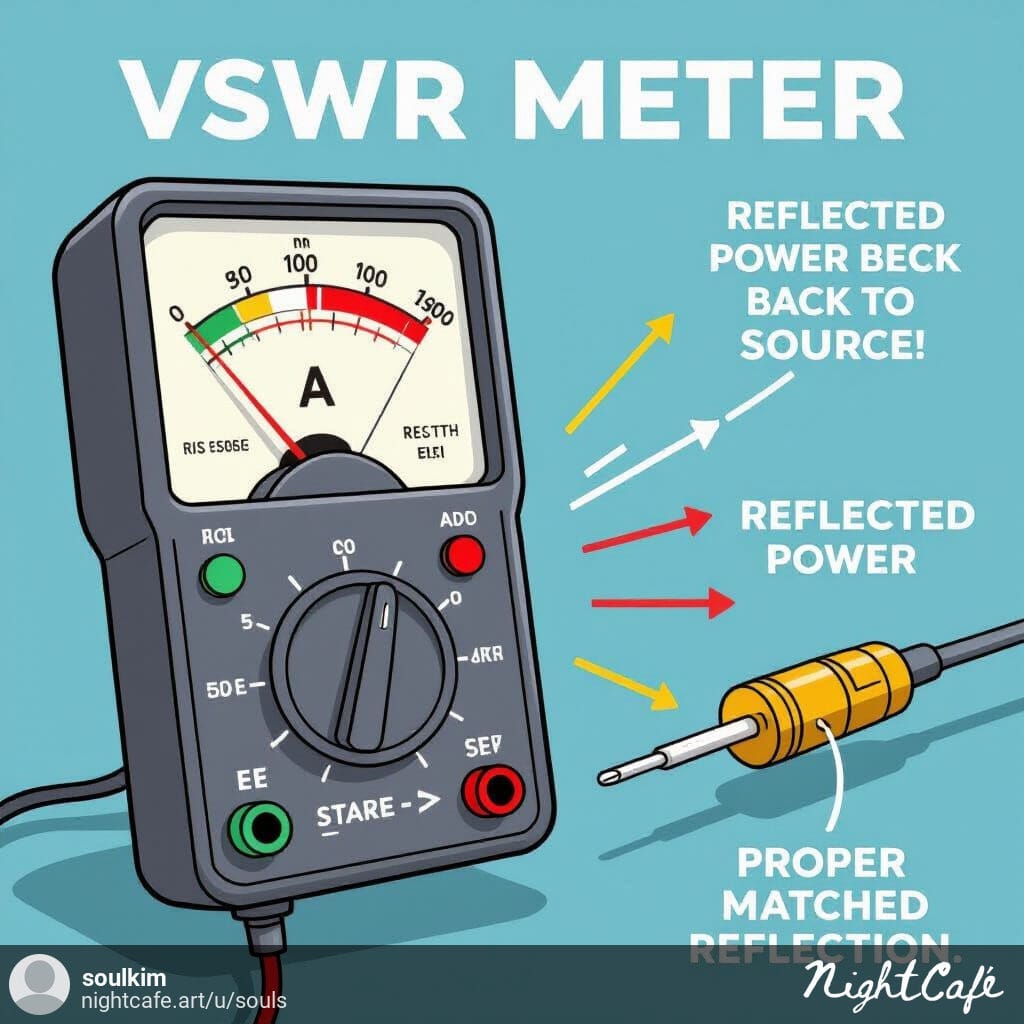
Regular maintenance, proper installation, and monitoring can prevent most issues. Also, having a good understanding of your system’s behavior helps you spot and solve problems faster.
What’s New? Advanced Designs and Trends
Matcher technology is evolving fast. Today’s smart matchers use microcontrollers, digital signal processors, and even AI algorithms to predict load changes before they happen, adjusting proactively. Software-defined RF systems are becoming more common, giving engineers unprecedented flexibility and control.
Integration with industrial automation and remote monitoring is also on the rise, making matchers not just a passive tool but an active part of modern RF systems.

Wrapping It Up
In short, the matcher is a small but mighty component in your RF toolkit. It makes sure your power goes where it’s supposed to, improves efficiency, and protects your expensive equipment. Whether you’re just learning about RF systems or designing complex setups, understanding matchers will save you time and trouble.
And with advances in automation and smart technology, matchers are becoming easier to use and more reliable than ever. So, the next time you hear “matcher” or “navigator” in an RF context, you’ll know exactly why it matters.

Leave a Reply